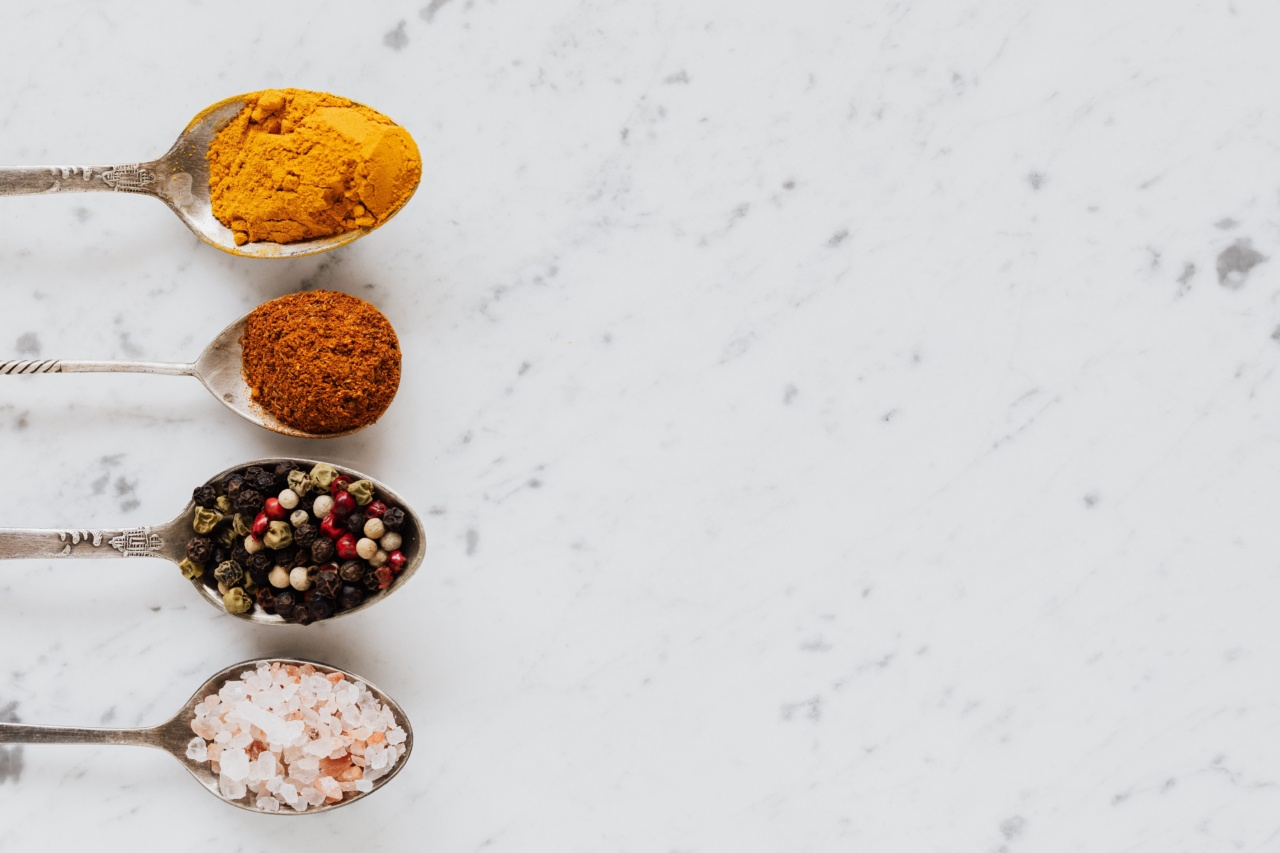When it comes to maintaining a healthy diet, we often pay close attention to the amount of sugar and fat in the foods we eat. However, one often overlooked culprit that can wreak havoc on our health is salt.
While salt is essential for our bodies in moderation, excessive salt intake has been linked to a range of health issues, including high blood pressure and heart disease. The problem is that many of the foods we consume on a daily basis contain hidden salt, making it difficult to control our intake. In this article, we will uncover some of the sneakiest foods that are loaded with hidden salt.
The Perils of Hidden Salt
It is no secret that consuming too much salt is detrimental to our health. High sodium intake is a leading cause of high blood pressure, which increases the risk of heart attacks and strokes.
Excess salt can also contribute to water retention, leading to bloating and discomfort. Additionally, a sodium-rich diet can have adverse effects on our kidneys.
1. Processed Meats
One of the main culprits for hidden salt in our diet is processed meats. Deli meats, sausages, bacon, and hot dogs often contain high levels of sodium as a preservative and flavor enhancer.
While they may be convenient and tasty, it is crucial to read the labels carefully and opt for low-sodium alternatives whenever possible.
2. Canned Soups and Broths
Canned soups and broths are another unsuspecting source of hidden salt. These products often have an extended shelf life due to their high sodium content.
To make matters worse, many people consume the entire can or pouch, resulting in an even higher sodium intake. Opting for low-sodium options or preparing homemade soups and broths can help reduce your salt intake significantly.
3. Condiments and Sauces
Condiments and sauces such as ketchup, soy sauce, salad dressings, and barbecue sauce may seem harmless, but they can be loaded with salt. These flavor enhancers can quickly add up and contribute to your daily sodium intake.
Be mindful of the portion sizes and consider making your own homemade versions to control the salt content.
4. Breads and Bakery Products
Many commercially produced breads and bakery products contain hidden salt. It helps to improve the texture, extend the shelf life, and enhance the flavor.
It is advisable to read the labels or, even better, bake your bread at home using low-salt alternatives for a healthier option.
5. Breakfast Cereals
While breakfast cereals may seem like a healthy choice, many of them are surprisingly high in sodium. Certain brands add salt to enhance the taste and compensate for a lack of other flavors.
Therefore, it is essential to check the labels and choose lower-sodium options or opt for oatmeal or homemade granola to start your day.
6. Frozen Meals and Snacks
Frozen meals and snacks are notorious for being loaded with sodium to enhance the taste and ensure longer shelf life. These convenient options may seem harmless, but they can contribute significantly to your daily salt intake.
Keep an eye out for reduced-sodium or homemade alternatives for a healthier choice.
7. Cheese and Dairy Products
Cheese and other dairy products can be another hidden source of salt. While they are a good source of calcium and protein, many varieties contain high levels of sodium.
Be cautious when selecting your cheese and opt for low-sodium versions whenever possible.
8. Salad and Nut Mixes
Salad and nut mixes may sound like a nutritious snack option, but beware of the added salt. Many pre-packaged options have high sodium content due to the flavorings and seasonings used.
Consider making your own salad mixes or opt for unsalted nuts to keep your sodium intake in check.
9. Restaurant and Takeout Foods
We all enjoy dining out or ordering takeout occasionally, but these meals can be packed with hidden salt. Restaurants often use salt as a flavor enhancer and to preserve the food.
If possible, choose restaurants that offer low-sodium options or carefully read the menu to make healthier choices.
10. Processed Snack Foods
Processed snack foods such as chips, pretzels, and crackers are not only high in calories and unhealthy fats but also contain significant amounts of salt.
Next time you reach for a snack, consider healthier alternatives like air-popped popcorn, unsalted nuts, or fresh fruit.
Conclusion
In conclusion, hidden salt can be found in many of the foods we consume on a daily basis, including processed meats, canned soups, condiments, bakery products, breakfast cereals, frozen meals, cheese, salad mixes, takeout foods, and processed snack foods. Being aware of these sneaky foods and reading labels can help you make more informed choices and reduce your sodium intake for better overall health.
Remember that moderation is key, and opting for fresh, homemade alternatives whenever possible is the best way to control your salt intake.























